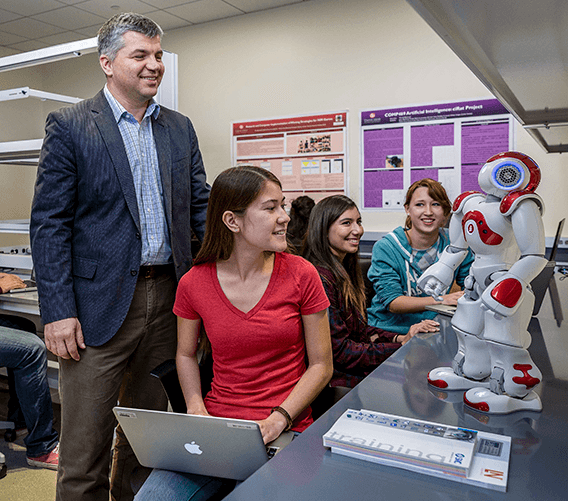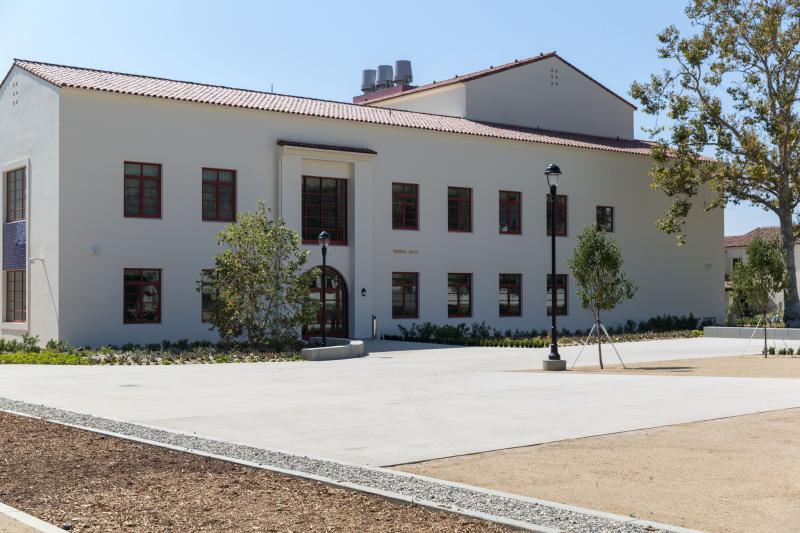SETTLING IN—According to a 2020 Gallup poll, the percentage of Americans working remotely doubled, from 31% in mid-March to 62% by April.
Every weekday, Ricky Kreitman rolls out of bed and heads to his garage office with his morning yogurt to start the workday.
It’s been his daily routine since the stay-at-home orders were announced in March. The television producer and editor said his company had just finished filming a show before the shutdown, so he’s been able to edit it from his home office.
“(I’m) enjoying working at home,” the Thousand Oaks resident said. “Grateful for the distraction of work and glad to not be commuting.”
According to a 2020 Gallup poll, the percentage of Americans working remotely doubled, from 31% in mid-March to 62% by April.
Michael Soltys, chair of the computer science department at CSU Channel Islands, thinks telecommuting is here to stay.
“COVID-19 has accelerated a trend that was already there,” said Soltys, who specializes in cloud computing and algorithms and has spent the last 19 years teaching computer science. “People have been moving to remote work for at least a decade.”
Clare Briglio, communications and business disruption resources director at the Camarillo-based Economic Development Collaborative, has already seen this shift in the businesses owners the nonprofit advises.
Government contractors, fieldbased contractors and medical providers are just a few types of businesses that have started using cloud-based services like Microsoft Teams, Zoom, Slack and WhatsApp since the pandemic began. Briglio said she expects the trend to continue.
“They have figured out how to use technology to accommodate their need,” she said.
With so many workers trying their hand at a work-from-home lifestyle, some are finding they like it more than going to the office.
Tejas Sachdeva, a computer science student at CSU Channel Islands, said he’s been more productive since his job at the university’s career services department became remote in March.
Source: Working from home may be new normal | Camarillo Acorn

 A university on the South Coast is preparing for a new engineering program it hopes to have in place within the next two years.Cal State Channel Islands in Camarillo proposed to launch an engineering program last summer. University officials say they’re still awaiting final approval from the CSU Chancellor’s Office, but they expect to get a green light soon.
A university on the South Coast is preparing for a new engineering program it hopes to have in place within the next two years.Cal State Channel Islands in Camarillo proposed to launch an engineering program last summer. University officials say they’re still awaiting final approval from the CSU Chancellor’s Office, but they expect to get a green light soon.